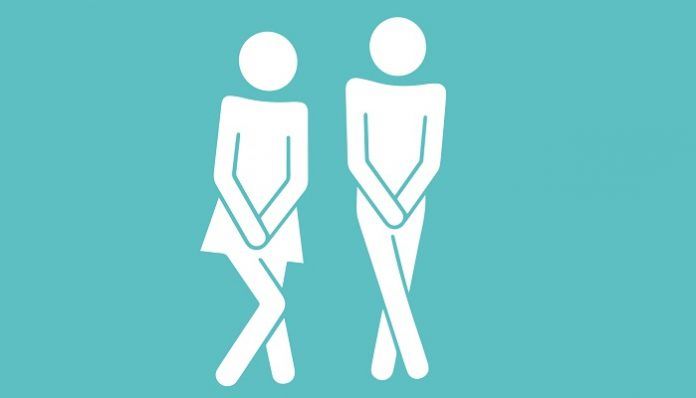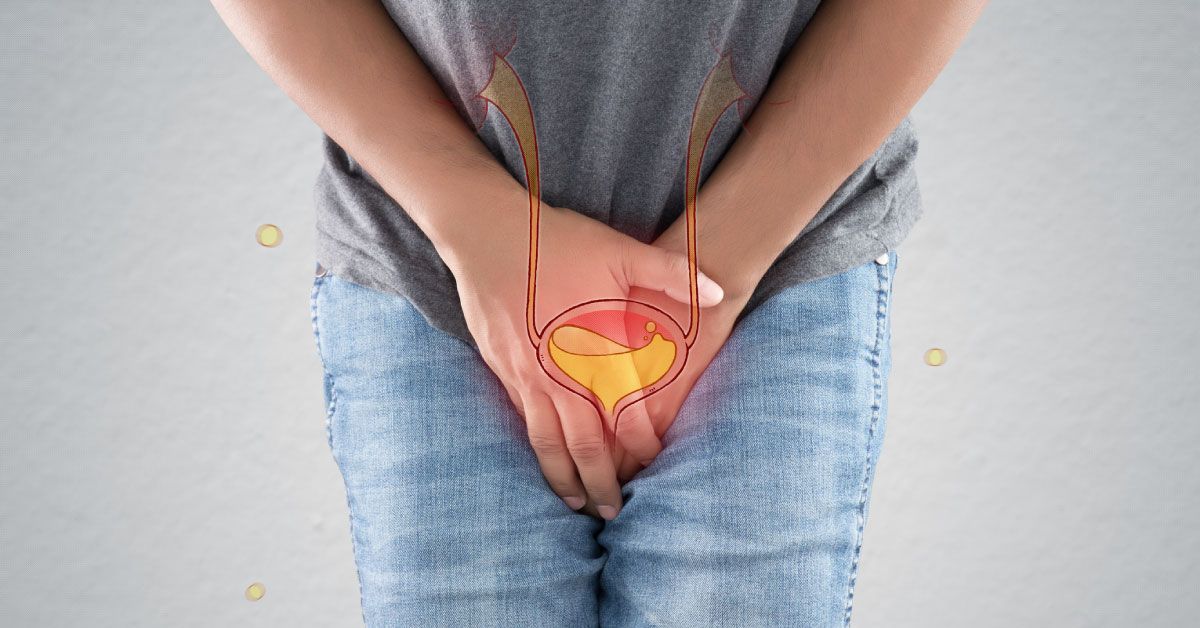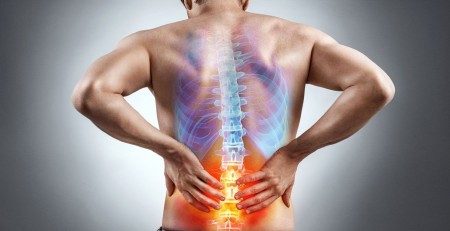Overactive Bladder and Urgent Urinary Incontinence
Urinary incontinence (UI) is a common pathology, and it is estimated that it can currently reach approximately 20% of the population. This value tends to grow due to progressive demographic aging. It is one of the most prevalent chronic diseases, although it is not often recognized. Being more common in women, it also occurs in men, who or did not undergo previous surgical procedures.
Urinary Incontinence interferes with family and social life, causes embarrassment, affects self-esteem and considerably decreases quality of life. It also has a high economic impact. The direct annual cost of urinary incontinence is similar to that of other chronic diseases such as arthritis, Alzheimer’s disease or osteoporosis.
Moreover, it is still a stigmatizing pathology, associated with ideas of pseudo-normality, which makes many patients ashamed to refer it to health professionals, or simply consider that it is a normal process resulting from aging.
Emergency UI is one of the subtypes of UI and usually occurs when urinary losses arise after a sudden, imperious urge to urinate, difficult to postpone, and that does not give enough time for the individual to reach a place where bladder emptying is socially appropriate.
Emergency UI turns out to be one of the consequences of overactive bladder. It is called bladder hyperactivity to involuntary contractions of the bladder muscle (detrusor). Under normal circumstances, the bladder contracts only when we consciously give the order for this to happen. However, in the overactive bladder, these same contractions are not commanded by the will. They occur involuntarily. The clinical manifestation of these contractions is an urgent, sudden, difficult to control, and that may be associated with urinary losses (emergency UI).
The initial evaluation of the patient always lacks a detailed clinical history, focusing on obstetric, surgical history, medications and diseases that may interfere with normal bladder functioning or history of major trauma. The diagnosis of exertion UI is clinical and involves direct observation of involuntary urine loss with provocative maneuvers. In this context, physical examination is of the utmost importance, since it allows to evaluate in detail the pelvic floor, verify the occurrence of pelvic organ prolapses, test muscle strength /tone and investigate changes in sensitivity and perial reflexes.
There is an association between UI and several factors:
- multiparity (especially if time-consuming or instrumental births / perineal lacerations);
- chronic diseases (diabetes, strokes, Parkinson’s, Alzheimer’s, heart disease, benign prostatic hyperplasia, psychiatric diseases);
- pelvic surgeries (urological, gynecological, colorectal)
- obesity/overweight.
Further research may need to be used for various imaging tests, a detailed laboratory study or even a urodynamic examination. The latter is the ‘gold standard’ of functional bladder evaluation allowing, in most cases, a complete clarification of the causes and circumstances in which urinary losses occur.
The definition of a treatment plan depends on multiple factors, namely: the severity of urinary losses (volumetry), the impact on quality of life, the associated costs (expenses with protections), the patient’s desire to undergo invasive, possibly surgical procedures.
First ly it is important to adopt a healthy lifestyle with smoking cessation, regular practice of physical exercise and weight loss in cases of overweight/obesity.
However, when these attitudes are not enough, we currently have multiple therapeutic options, with progressively greater degrees of complexity, ranging from the elaboration of plans for exercises to strengthen the pelvic floor muscles (using various techniques in the area of Physical Medicine and Rehabilitation), to pharmacological treatment, through several minimally invasive surgical interventions (such as the intravesical injection of botulinum toxin), to the implantation of more complex devices such as neurostimulators (urology procedures).
In short, emergency UI is a health problem that we are all likely to suffer from, from relatively simple diagnosis and investigation, and with low-invasive and very effective treatments. The first step is up to each of us.









